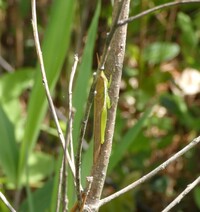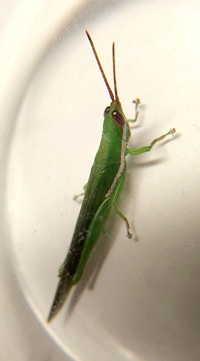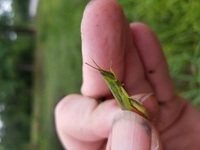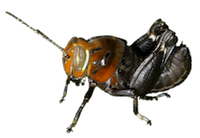| |
Family (Alpha): | |
| View | Acrididae Members:
| NC Records |
|---|
Stenacris vitreipennis (Marschall, 1836) - Glassy-winged Toothpick Grasshopper |
|
|
|
|
|
Image Gallery for Stenacris vitreipennis - Glassy-winged Toothpick Grasshopper
|
 | Recorded by: F. Williams, S. Williams, P. Hart
Cumberland Co.
Comment: |  | Recorded by: Mark Basinger
Jones Co.
Comment: |
 | Recorded by: Larry Chen, Sarah Toner
Dare Co.
Comment: |  | Recorded by: Larry Chen, Sarah Toner
Dare Co.
Comment: |
 | Recorded by: Ed Corey
Columbus Co.
Comment: |  | Recorded by: Ed Corey
New Hanover Co.
Comment: |
 | Recorded by: E. Corey
Bladen Co.
Comment: |

 »
»



 »
»

